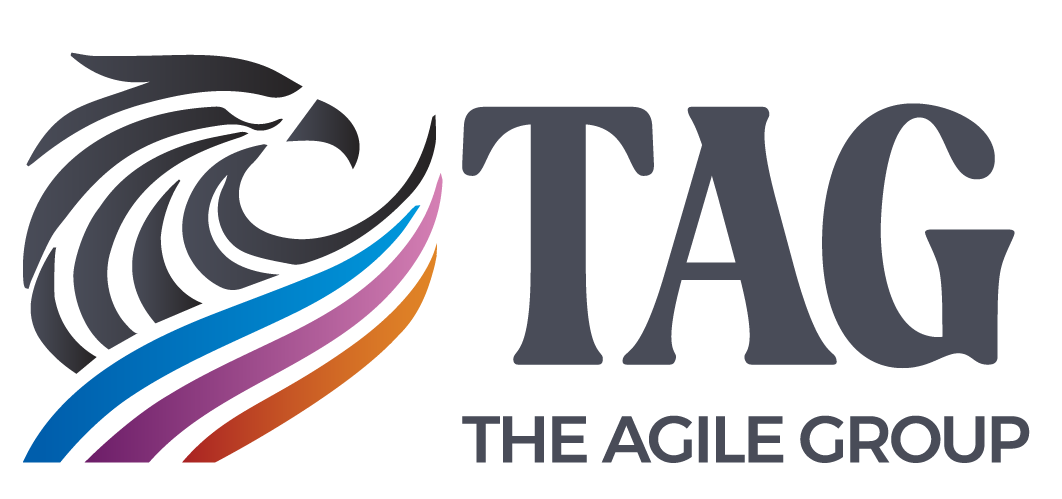
On-Page Optimization
On-page optimization involves enhancing various elements within a website to
improve its ranking on search engine results and boost organic traffic. This
includes refining content, structure, and other on-site factors that directly impact
search engine visibility. Key strategies include crafting high-quality content with
relevant keywords, optimizing titles, descriptions, and URLs for clarity, improving
internal linking for better navigation, and ensuring a smooth user experience
through fast loading times and mobile optimization. Technical aspects like
ensuring proper crawling, using schema markup, and optimizing indexing also
contribute to successful On-Page Optimization
Key aspects of our On-Page Optimization services include the following elements:

Content Quality
Creating high-quality, informative, and engaging content
is essential. Content should answer user queries and include relevant
keywords naturally. It should be original, up-to-date, and structured in a way
that makes it easy to read and understand.

Keyword Optimization
Strategically placing primary and secondary
keywords throughout your content, including in headers, body text, and meta
tags (such as title and description), helps search engines understand the
content of your page and rank it accordingly

Meta Tags
Well-crafted title tags and meta descriptions are important for
improving click-through rates. These tags should be compelling, relevant to
the content, and contain keywords to signal the page’s relevance to search
queries.

URL Structure
Clean, short, and keyword-optimized URLs make it easier
for both users and search engines to understand the page’s content. A good
URL structure also enhances the site’s overall navigation.

Internal Linking
Properly linking to other pages within your website not
only improves navigation but also spreads link equity across your site. This
helps search engines discover and index more pages, boosting overall site
authority.

User Experience (UX)
A positive user experience plays a vital role in SEO.
Key UX factors include fast loading times, mobile responsiveness, easy
navigation, and clear site structure. Improving user engagement by making
the website intuitive and easy to use helps reduce bounce rates and increases
dwell time, both of which are signals to search engines that your content is
valuable.

Technical SEO
This includes ensuring that your website is technically
optimized for search engines. It covers factors like crawlability (ensuring
search engines can find and index your pages), fixing broken links,
implementing canonical tags, and using schema markup to provide search
engines with additional information about your content.


